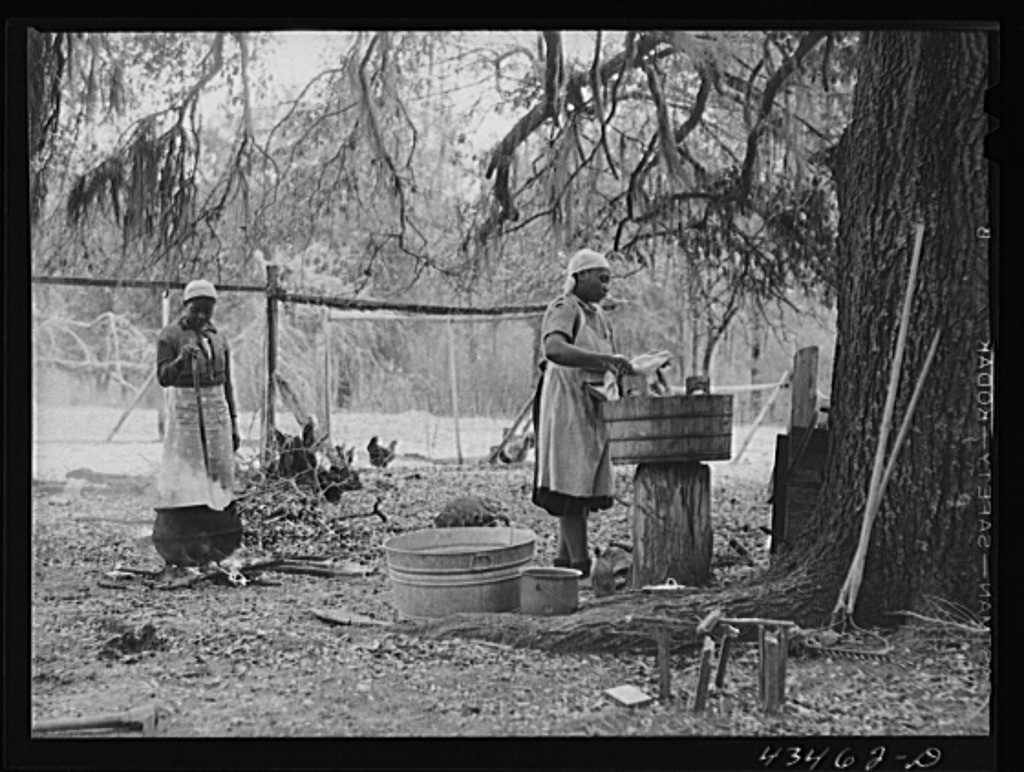
BERKELEY COUNTY, S.C.–First established in 1682, Berkeley County’s history is just as vibrant as its popular neighbor, Charleston County. For example, the area is home to one of the earliest settlements in the state. Childsbury was established in present-day Cordesville in 1707. The Battle of Lenud’s Ferry and the Battle of Moncks Corner were also both fought here in 1780 during the height of the American Revolutionary War. Of course, those key moments in time mentioned don’t just stop there.
The photos below, which are by no means a complete list, will show you just how far we’ve come as a county. Some of the images featured are actually more than 100 years old! When scrolling through the photos, you may find yourself reminiscing over a simpler time free from social media and the Internet. If nothing more, they will certainly make you realize just how much this county has changed over the years. It’s safe to say we’ve come a long, long way!
1. Main Street in Moncks Corner (1904)
It’s hard to believe that this is what Main Street looked like 112 years ago! Notice that there are no cars on the road–just this lone horse. Believe it or not, it wasn’t until four years later (1908) that the first affordable car, Ford’s Model T, became available to the general public. Although it sold for about $850 at the time, that was still a lot of money for many Berkeley County residents back then.
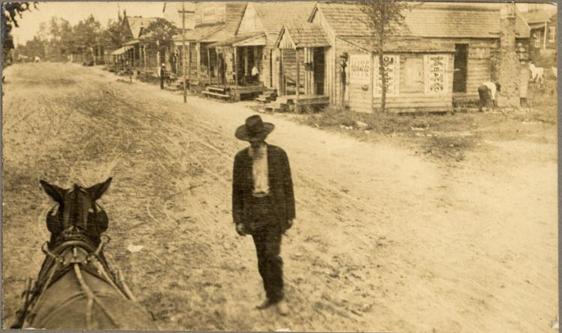
2. The wild, wild west…sort of (early 1900s)
According to one of our readers who sent this in, the man on this horse is Thomas Ben Nobles. He was born in 1874–just nine years after the U.S. Civil War ended. The photo was taken somewhere in Berkeley County in the early 1900s. Horses were definitely the way to go if you wanted to get around at the start of the 20th century.
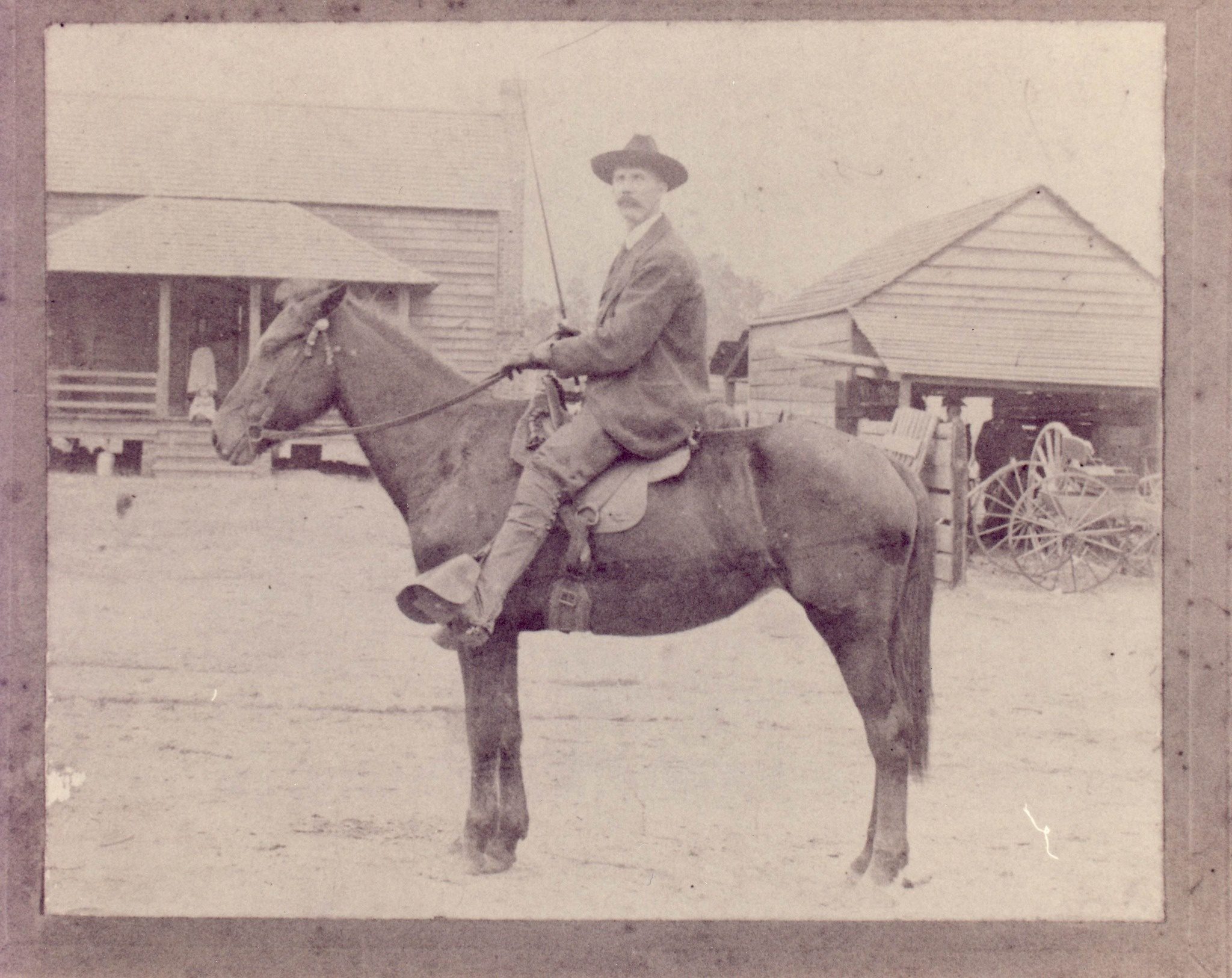
3. The Swamp Fox Drive-In Movie Theater (1971)
It’s hard to believe that Berkeley County once had its own drive-in movie theater. It once stood in the area of the new Walmart shopping center off Highway 52 in Moncks Corner. Originally called The Berkeley Drive-In, it first opened in 1950 and could hold up to 200 cars. In January 1975, the drive-in was leased to Consolidated Theatres Inc. and was renamed The Swamp Fox Drive-In. The theater closed for good in 1986 and sat abandoned for 20 years. It was finally demolished in 2006. Eventually, the property was redeveloped for retail use.
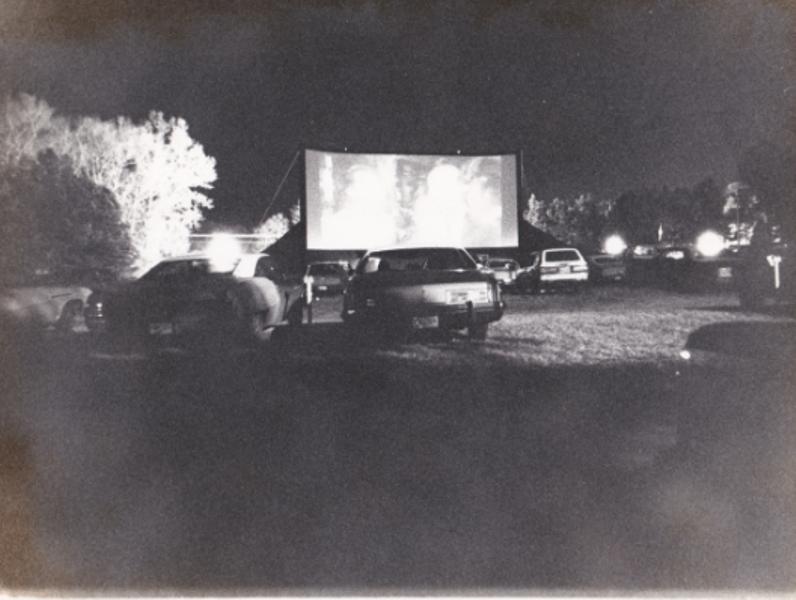
4. Howard’s Restaurant (1962)
Located in the heart of Moncks Corner, this locally-owned diner has been serving up good ol’ country cooking for more than 50 years now and is still going strong. When you step inside the restaurant, it’s literally like stepping back in time. Everything looks nearly just as it did from the very day it first opened. It’s still a cash-only business, too, but the customers don’t seem to mind one bit.
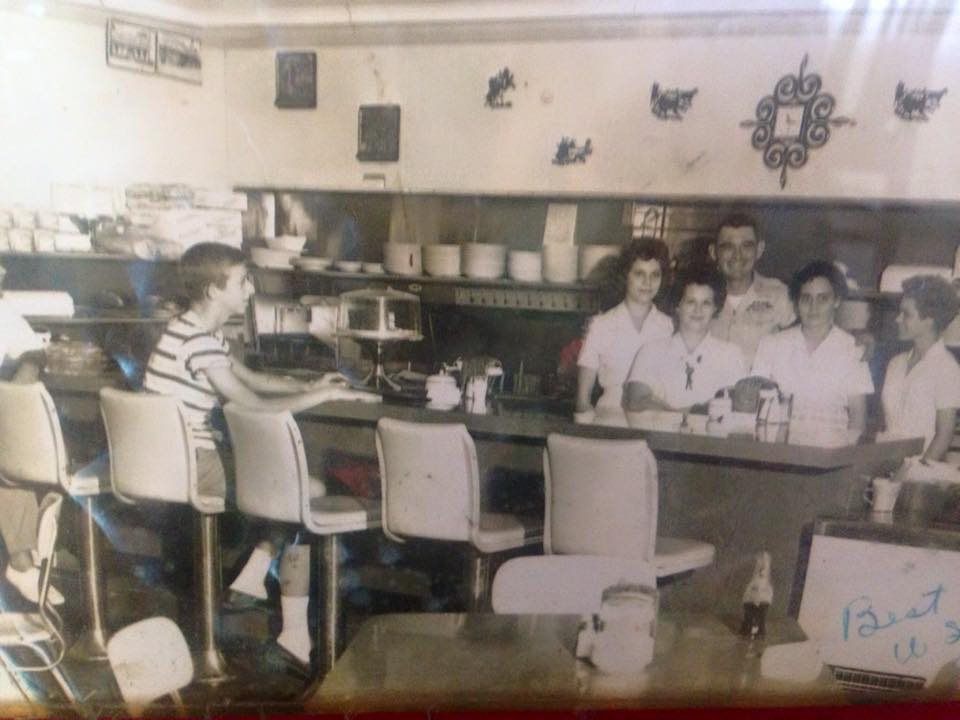
5. Berkeley County Courthouse (1896)
The county’s new courthouse on California Avenue is much bigger than this one from 120 years ago. Believe it or not, the county’s original courthouse was actually located in Mount Pleasant. Known as the “Old Berkeley Courthouse,” it was built in 1884 and served as the county courthouse for Berkeley County until 1898. Mount Pleasant served as the county seat until 1895. It then moved to Moncks Corner.

6. Digging out a cemetery to be moved from the Santee-Cooper basin (1941)
In 1934, South Carolina lawmakers authorized the Santee-Cooper Power and Navigation Project in order to connect the Santee and Cooper rivers as well as generate hydroelectric power. As a result, Lake Moultrie was cleared of stumps, graves, plantations…pretty much EVERYTHING. Water eventually replaced it all and the lakes formed. The project, however, forced many people to move. Needless to say, a lot of people weren’t happy with the loss of their lands seized by eminent domain. Below, these four men attempt to relocate a cemetery that stands in the way of the project.
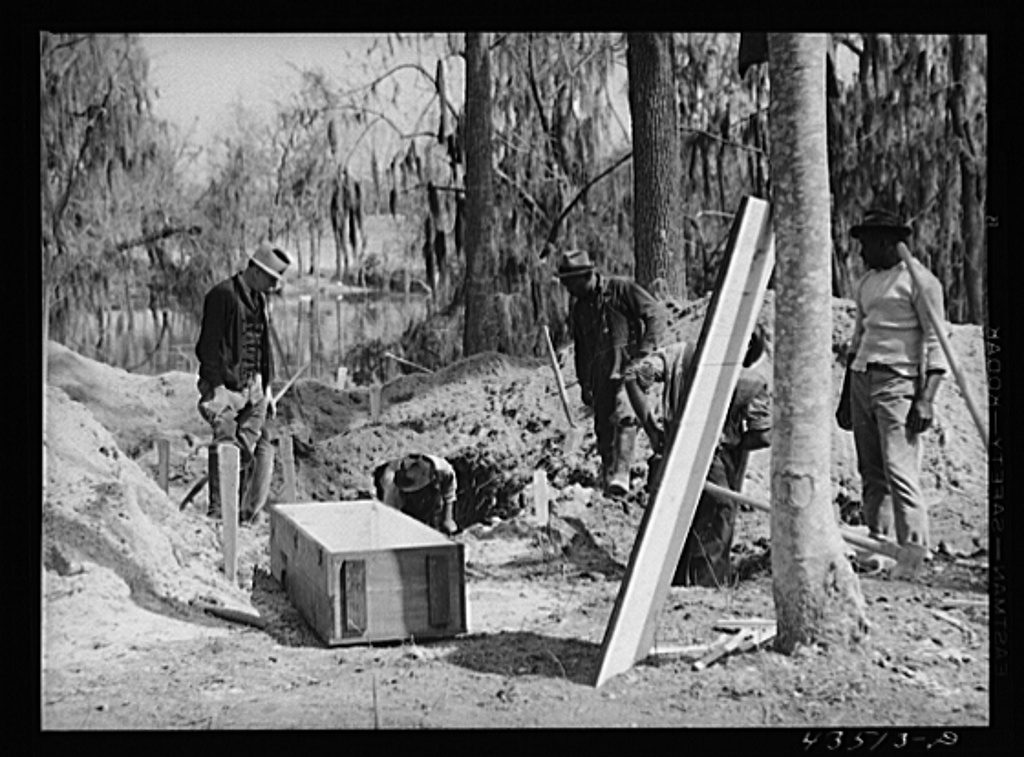
7. Abandoned house in the Santee-Cooper basin (1941)
During the Santee-Cooper Power and Navigation Project, many families tore down their houses and rebuilt them in nearby areas. Other people abandoned their houses, like the one pictured below, altogether.
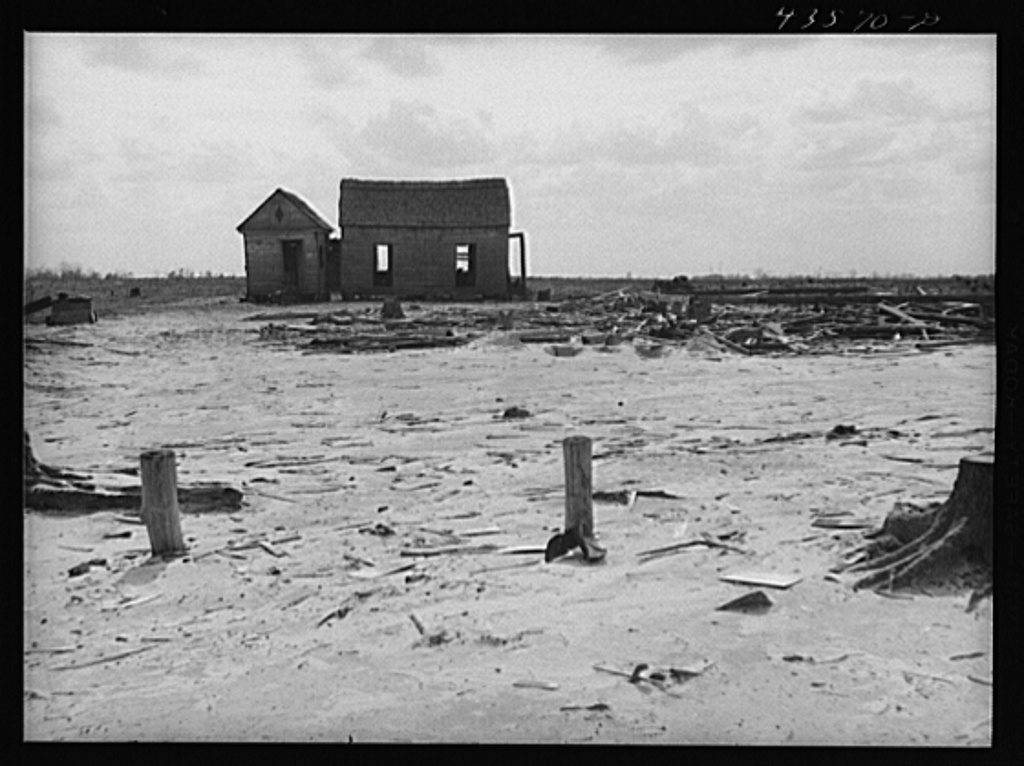
8. Mr. Bradley, former principal of Berkeley High School (1950s)
If you look at Mr. Bradley’s face, he doesn’t appear too happy with the student on the right. Perhaps, that’s why the young man is doing all he can to avoid direct eye contact with the former principal. “My cousins say he tore many tails up,” according to Jack Lynes, a reader who sent this photo to us.
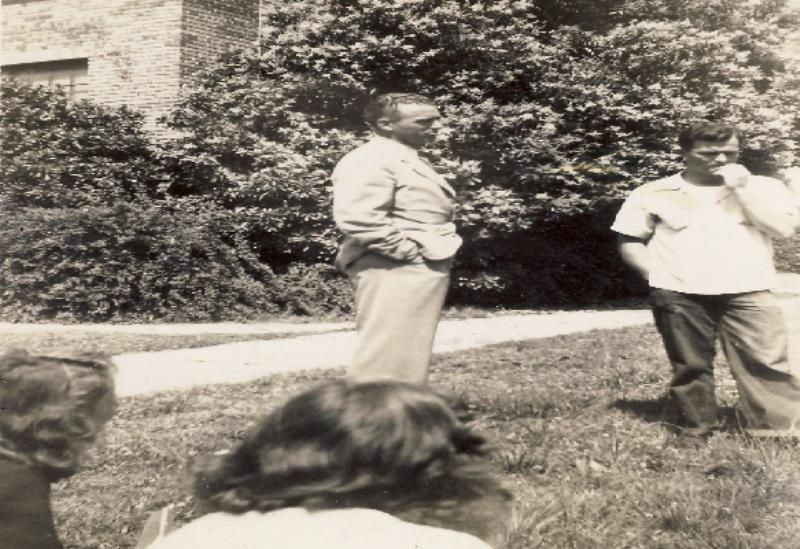
9. Forget a horse, this couple prefers a motorcycle (early 1940s)
With their 1936 Harley in the forefront, this couple posed for the camera on Hard Pinch Road in Cordesville nearly 80 years ago. The image was taken during WWII.
“My grandmother was Victoria Caddell Lynes, and the tough young guy is Wilson Clark. This is no earlier than 1936, but looks to be likely the early 1940s judging by the uniform of Mr. Clark,” Jack Lynes told The Berkeley Observer.
According to military archives, approximately 30 people from Berkeley County actually died fighting in the Second World War. Altogether, the United States lost more than 400,000 military personnel.
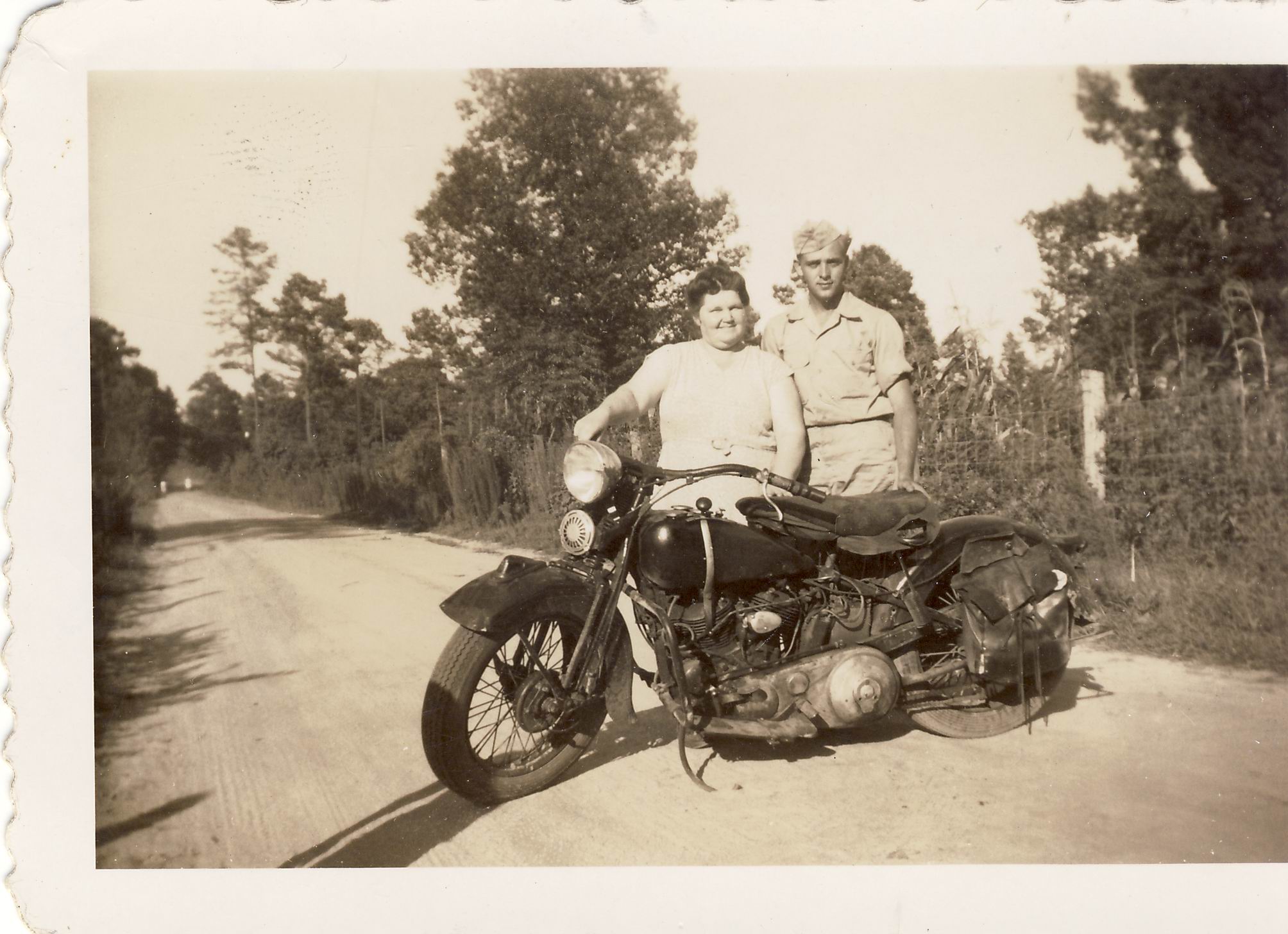
10. Hunting in Huger during the early 1930s
This photo was taken during the Great Depression which started in 1929 and ended in the late 1930s. Even with a collapsed economy, more than ever, hunting remained a favorite pastime. It was definitely a way to put food on the table when money was scarce.
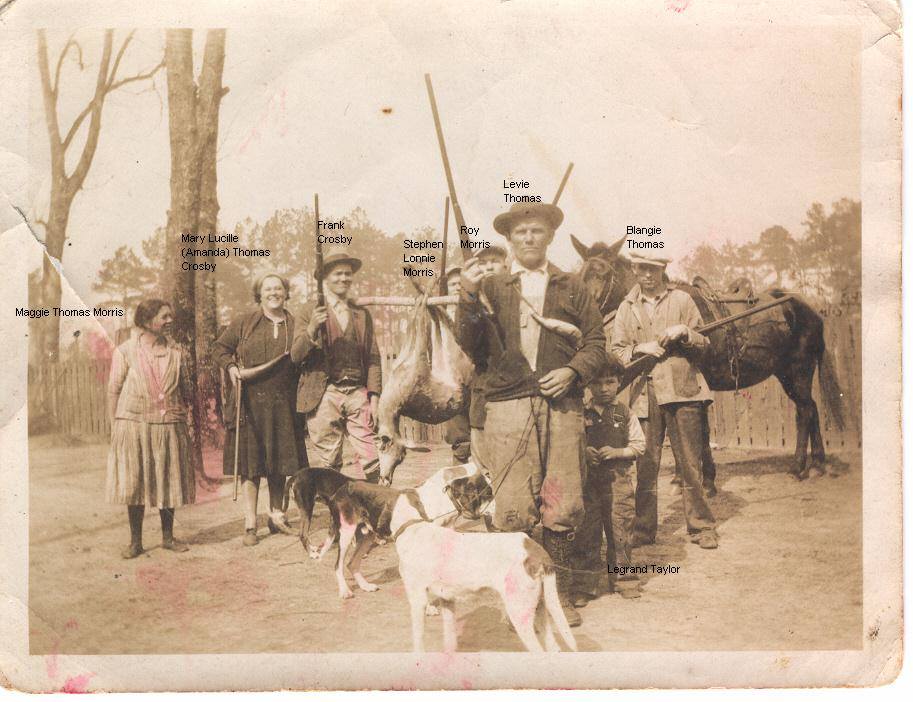
11. Strawberry Ferry crossing the Cooper River near Childsbury (Late 1800s)
In the 1700s, Englishman James Child started a ferry near Strawberry Chapel. At the time, it was the only practical ferry site across the Cooper River within a reasonable distance. It was reportedly supported by elite residents along the river’s western branch. Both Childsbury, one of South Carolina’s earliest settlements, and the ferry were designed to take advantage of socioeconomic opportunities vested in the control of two major arteries of trade and commerce along the Carolina frontier. However, due to the rise of the new and growing plantations, Childsbury began a rapid decline and the town site eventually became part of a plantation. Strawberry Chapel is all that remains of the settlement. Although it failed, the ferry still continued for quite some time.
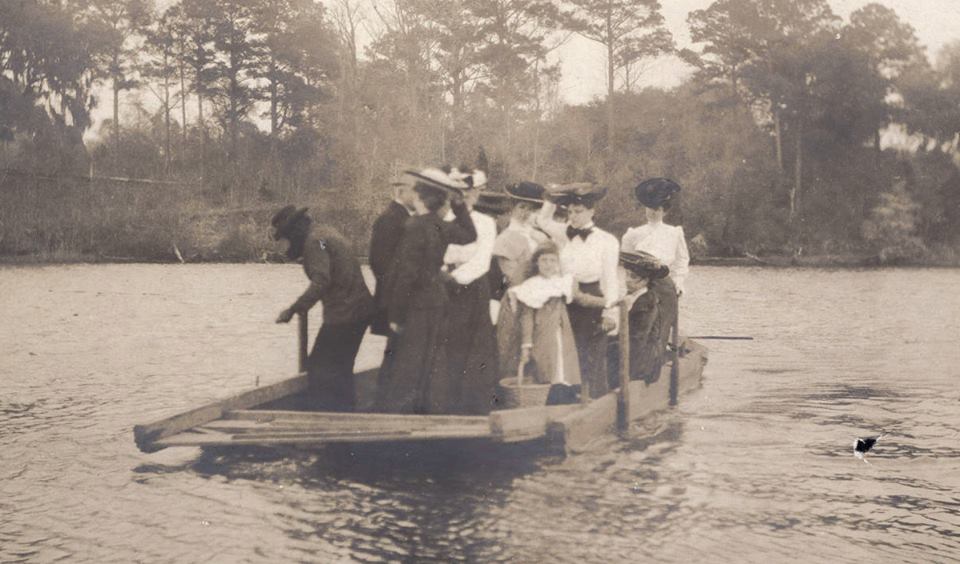
14. Piggly Wiggly in Moncks Corner (1971)
This was the original store location. It sat across from the old train depot in Moncks Corner. The new store isn’t too far from its original spot which now serves as a place of worship in the heart of the town.
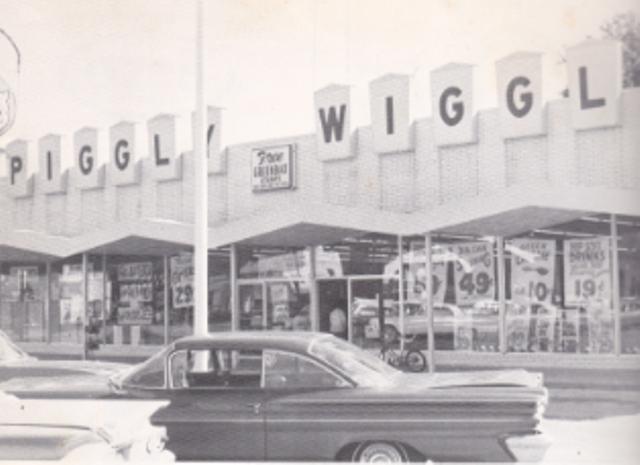
15. The Dock Restaurant (early 1970s)
Even though it now goes by the name Gilligan’s, this place remains a popular eating spot for area seafood lovers. Folks love it because it sits right on the water and the food is great.
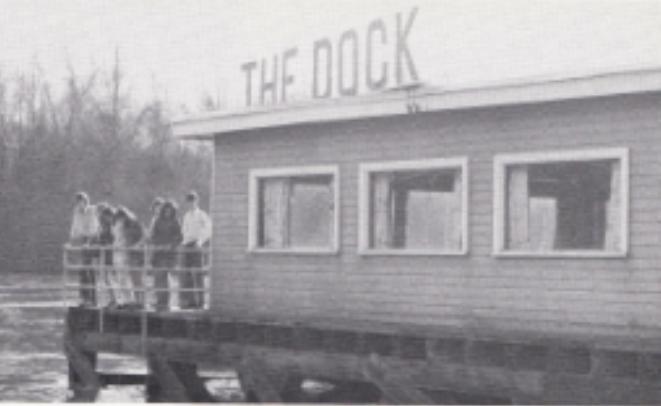
16. Ayer’s Pharmacy in Moncks Corner (late 1960s)
This locally owned drug store served the Moncks Corner area for many years. Located in the heart of town, David Woodrow Ayers ran the business until his death in 1991.
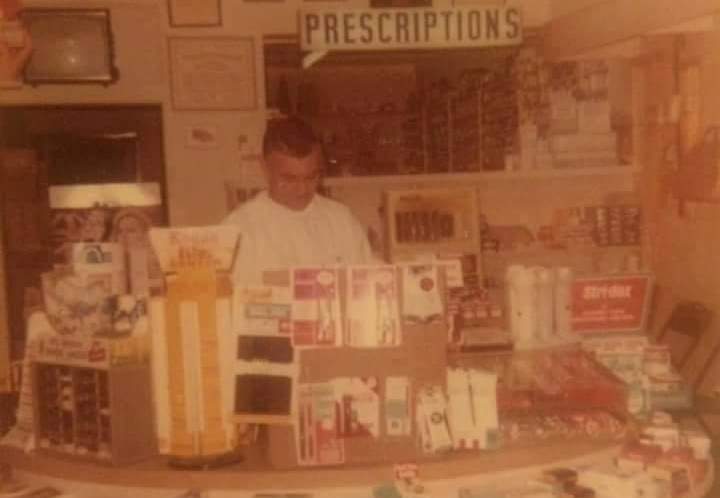
17. Man in one-horse-shay (1800s)
Horse-drawn carriages were in widespread use from the 18th century until the early 1900s. This particular photo was taken at Dean Hall Plantation which once sat at the end of Cypress Gardens Road from Highway 52. The popular attraction, Cypress Gardens, is now located at the former plantation site.
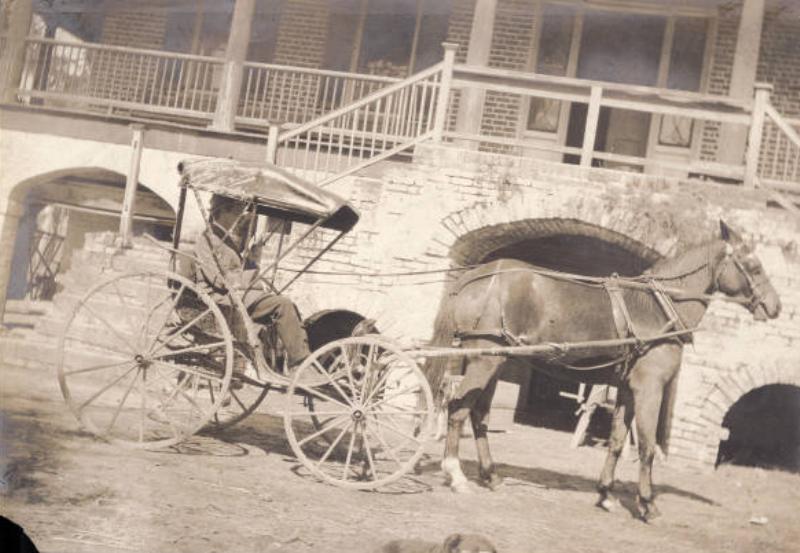
18. Main Street in Moncks Corner (1975)
Take a look at the very first photo and then compare it to this one. What a difference nearly 70 years makes! The roads are paved…and horses have been replaced by automobiles. Progress was certainly being made…Thank goodness 🙂
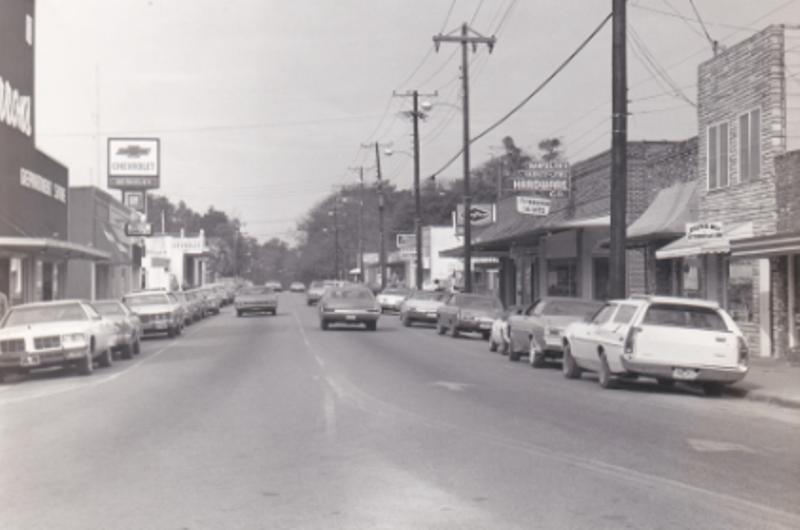
19. Threshing rice with flail (1800s)
This is another photo taken from Dean Hall Plantation in Moncks Corner. During the Colonial Period, coastal South Carolina was the largest producer of rice in America. The crop arrived in the area around 1685. The predominant strain of rice in the Carolinas was from Africa and was known as “Carolina Gold.”

20. The Berkeley Restaurant (early 1970s)
This was a popular gathering spot for decades until the early 2000s. It also had a motel. Today, a Walgreen’s now sits where it was once located.
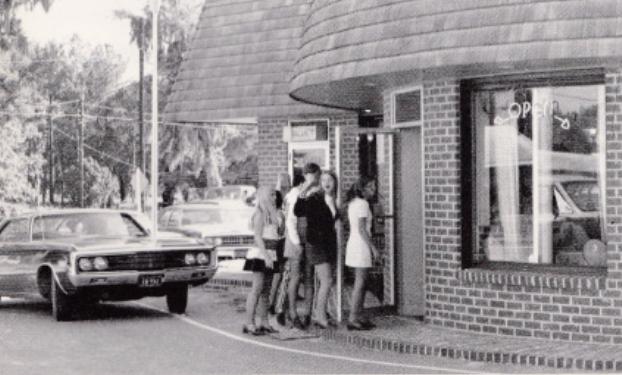
21. Three girls plant corn (1941)
These girls are seen planting corn on a large plantation near Moncks Corner. The photo was taken 75 years ago. According to the USDA, the United States is actually ranked #1 in the world in corn production. Corn is believed to have been introduced across what is now the United States-Mexico border a few thousand years ago.
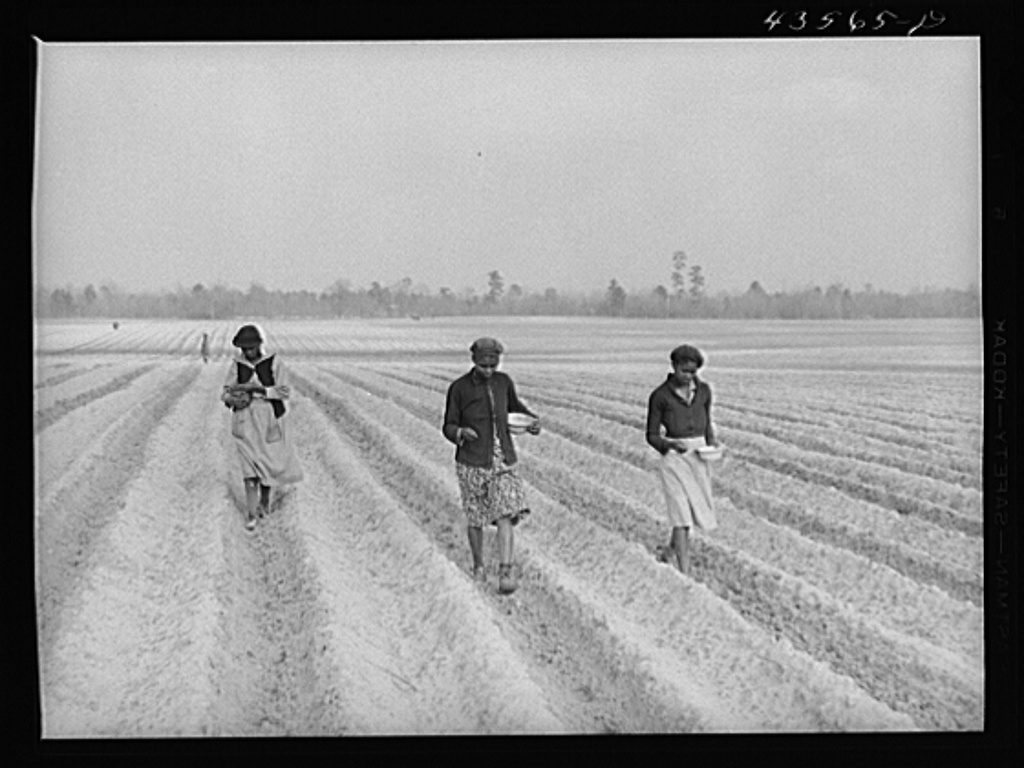
22. Two boys gather near cast iron stove (1941)
Ovens have come a long way since the early days of cooking. The first official oven was invented in 1490. During the early 1800s, Count Rumford (aka–Benjamin Thompson) invented the cast iron oven. It not only heated multiple pots but it could also be adjusted to cook each pot at different temperatures.

22. Macedonia High School (1975)
For the former students who previously walked this school’s halls, a lot of memories were created here. Sadly, the school closed in the mid-1990s–against the wishes of many in the Macedonia community. Timberland High School was built in its place. Nothing is left of the high school today. Unfortunately, it burned to the ground in 1996. SLED ruled that arson was to blame. An arrest was eventually made in the case years later.
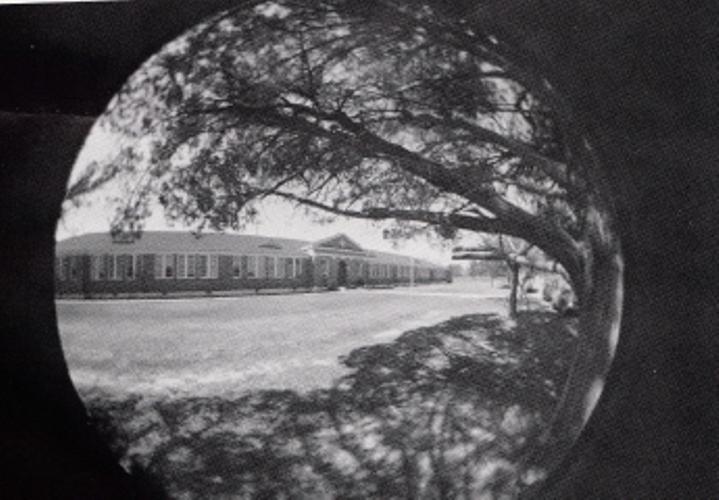
Pictured: Macedonia, SC (CREDIT: Cindy Gaskins)
23. Huntin’ for gators (1950)
This photo was taken near Hell Hole Swamp almost 70 years ago. These three fellas were clearly proud of their catch. Believe it or not, the U.S. Fish and Wildlife Service classified the American alligator as an endangered species in 1967. However, fast forward to today, and their population has certainly skyrocketed. Of course, with the proper licensing, hunting these prehistoric reptiles is perfectly legal in “The Palmetto State.”
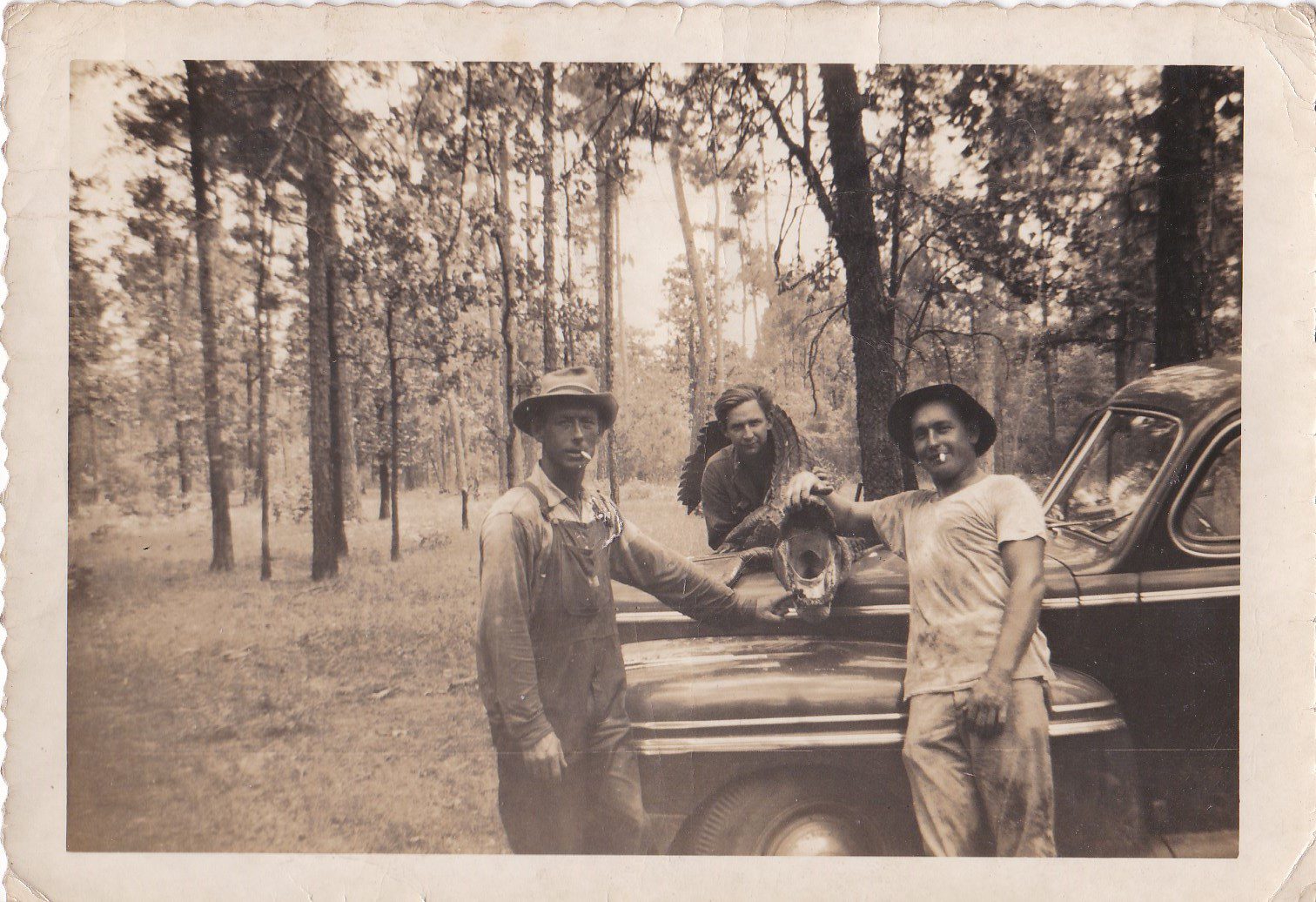
24. Vintage car from the late 1940s
We’re not sure exactly what model car this is, but we believe it’s a Buick. The photo was taken near Jamestown on Calestown Road. From the look of this little boy’s face, he couldn’t wait to one day take this car for a spin. During this time period, lots of people in Berkeley County owned a vehicle. In fact, more than half the families in America owned an automobile by 1930. For many, a car became a need, not simply an expensive toy. In 1940, the average car cost around $800. By 1950, the average cost of a new car was $1,500.
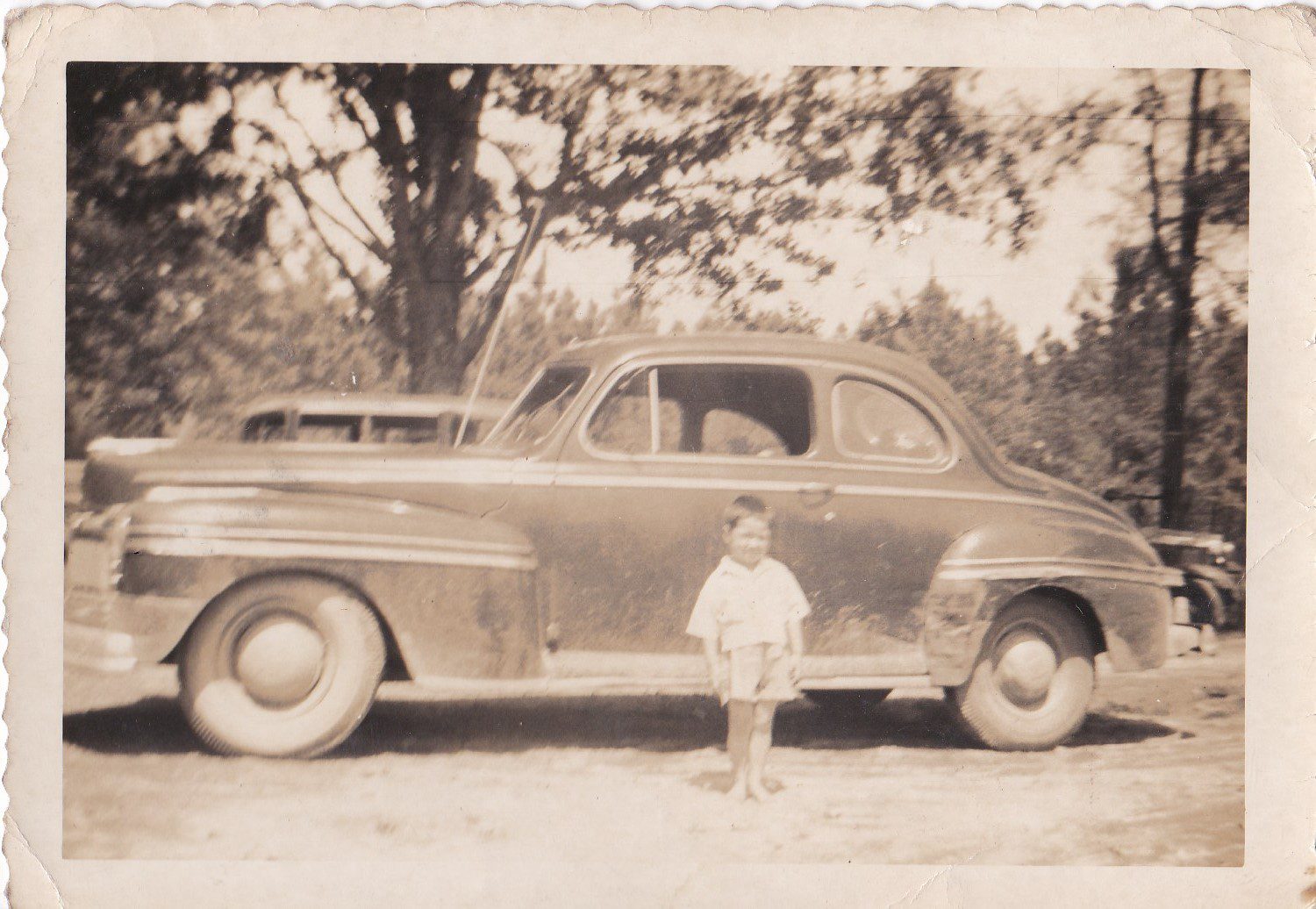
- Nearly Century-Old St. Stephen School To Be Torn Down - March 20, 2024
- BCSD Approves $10K Bonus For Special Education Teachers - March 19, 2024
- WakeUp Carolina Celebrates Moncks Corner Grand Opening With Ribbon Cutting - March 12, 2024


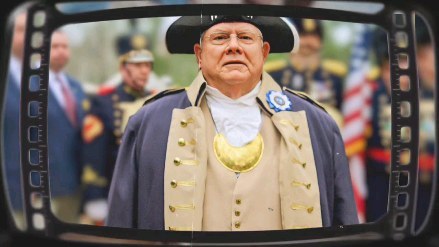










Recent Comments